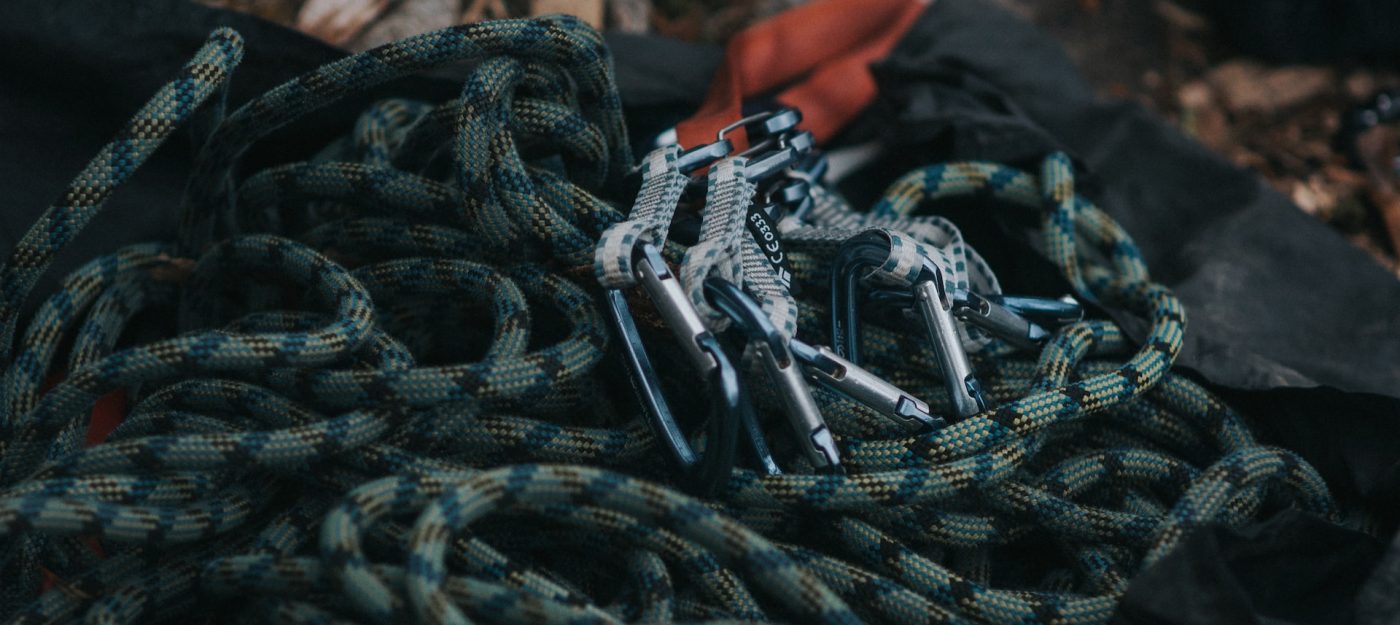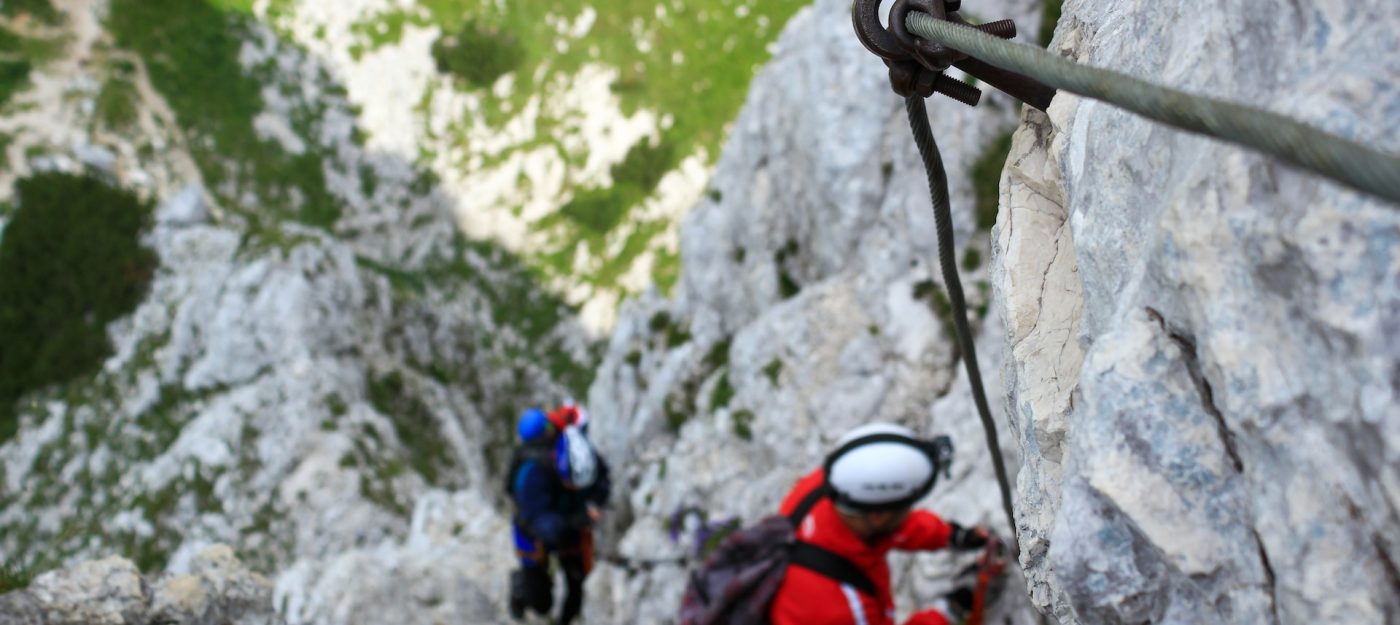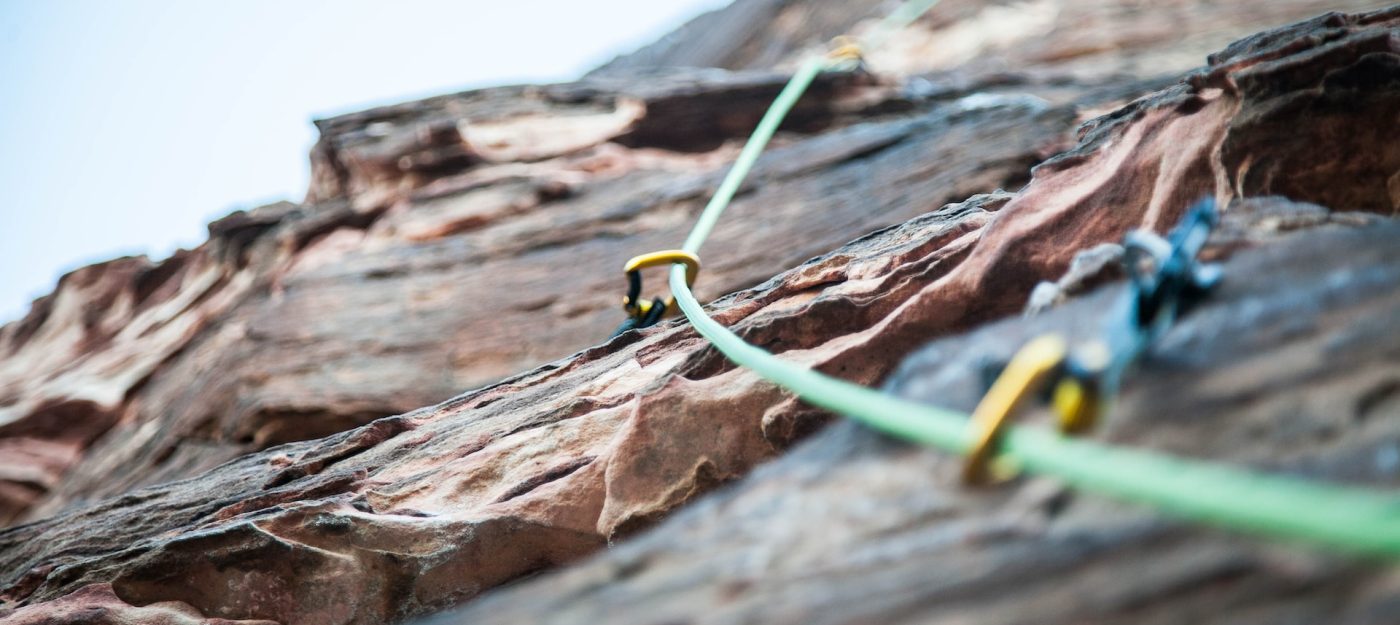
Equipments for Mountain Climbing in Nepal
Here in this article, we will all discuss some of the most important equipments for Mountain Climbing in Nepal.
Mountain Climbing is one of the most adventurous around the world. It’s similar in Nepal as well. As it is the home to the world tallest mountain in the world. Peak climbing in Nepal entails reaching heights higher than 6500 meters.
Most hiking peaks in Nepal require a one-day ascent to the summit and descent to base camp. At around two or three in the morning, you’ll leave base camp or high camp, ascend the summit, and then make your way back to base camp by midday.
You still need high-quality gear even though peak climbing days are much shorter than those for 7000- and 8000-meter peaks. Being miserable, wet, and cold doesn’t increase your odds of reaching the summit. Your visit’s timing will have the biggest impact on your equipment list. Pack appropriately for the time of day you want to climb.
Note: A Himalayan mountain takes significant expertise and preparation. Make sure to plan extensively and carefully if you want to reach the summit and go back to safety.
A thorough packing list for peak climbing will be very helpful to you if you’re preparing for a mountaineering trip in Nepal. You need the necessary equipment in order for your climbing adventure to be successful.
Independent study, monitoring daily weather patterns, and making a packing list will all be to your advantage. You’ll free up a ton of space in your suitcase and avoid paying extra for additional baggage.
Even though your porter will carry your bags, you must carry your daypack. You’ll find it easier if you bring fewer things, especially the necessary climbing equipment.
Peak-climbing trips that you reserve through a firm will probably be guided expeditions with fixed ropes and camps. The path to the peak will also be marked. In contrast, you will require additional gear if you are climbing without a guide (such as anchors, rope, tents, food, and other supplies).

Consider these ideas when you create your excursion plan. Keep in mind that while fun and education are important, they are useless if you aren’t in good physical health. Have fun with us and stay safe, then. Make sure of both your own and the environment’s well-being.
Individual Climbing Gear
Ice axe
The ice axe is a piece of hiking and climbing gear that can be used for both ascent and descent. It is climbing gear for ice.
Slings
For travel, the device is attached to the boots. It improves mobility when navigating over snow or ice.
Harness
A sport harness is necessary while abseiling, rock climbing, mountaineering, or canyoning. You are given the tightest grasp possible to prevent falling.
Tape Slings
A webbing loop that has been knotted or stitched is what makes up a piece of climbing equipment known as a sling or runner. These can be wrapped around bits of rock, hitched to other pieces of equipment, or directly linked to a tensioned line using a Prusik-style knot.
Walking Sticks
Trekking poles, also known as hiking poles, hiking sticks, or walking poles, are staple pieces of hiking equipment that provide stability and joint-saving support while also assisting hikers in maintaining their rhythm over uneven terrain.
Climber
Ascenders are mechanical devices attached to ropes that make climbing easier. Use this device with the utmost caution. They perform best when applied to big walls and caves.

Altimeter
A location’s height can be calculated by monitoring the air pressure above sea level.
Helmet for Climbing
Despite the fact that not many hikers use helmets, they are a crucial part of your equipment rack. Falls onto the rock face, which is more perilous than falls to the ground, are protected from by rock climbing helmets.
U- Lock
Although the U-Lock is a little rock, climbing mountains without it is impossible. They contribute to the development of better locks by leaving the smallest opening feasible. It is one of the most important equipments for Mountain Climbing in Nepal that one needs to master

Diminutive/Eight figure
The figure 8 belay tool consists of a metal piece in the shape of an 8 with one large end and one little end.
Ascender
An ascender is a device (typically motorized) used to directly ascend a rope or to facilitate protection with a fixed rope when climbing on extremely steep mountain terrain.
Oxygen
Because you can never predict if you will get extreme mountain sickness, careful planning is necessary (AMS). Spend some time and make sure you have enough oxygen bottles. It also takes courage to set out on this thrilling voyage.
Pest Repellant
The best repellent protects you from bites without causing you any discomfort. Select a product based on your skin type. Proper use of Equipments for Mountain Climbing in Nepal is very important for sucessful summit.
Clothing
The most important component for peak-climbing is comfortable, long-lasting clothes. The weather has a big impact on what you bring for clothes. Keep some warm clothes and rain gear on hand at all times!
Depending on how little you want to pack, the number of pants, shirts, socks, and other items will vary. Layered clothing is necessary for Nepali trekking. The benefit of layering is that you can take a layer off as it becomes warmer and add one when it gets colder. Put on the appropriate headgear.
One sun hat
A sun hat is highly beneficial for hiking in the summer, especially at lower altitudes. When you are out for a walk on a hot day, a sun hat will provide shade and shield you from the sun’s rays.
A wool or fleece hat
If you intend to trek at a high elevation, you should wear a wool or fleece hat because it will keep your head warmer.
A bandana or scarf
Many of the lower-level trekking trails in Nepal are dusty. You might drape a scarf around your mouth and nose to prevent the dusty path.
Covering clothes
Due to height and snow, the Himalayas have a relatively high UV intensity. Therefore, it is advisable to use sunglasses with 100% UV protection.
Put on the proper Body Wearing
T-shirts
T-shirts must be lightweight and permeable. Avoid wearing cotton t-shirts while trekking because they absorb moisture from the skin and are very uncomfortable. Synthetic textiles are a great option because they wick moisture away from your body.
A wool coat
It is a lightweight, casual jacket composed of synthetic wool and polyester that resembles polar fleece. Likewise, It emits a great deal of heat. It is appropriate for usage as a second layer because it sits on top of your base layer.
A light-down jacket
Down jackets are exceptionally lightweight and easy to travel with. In the cool, windy afternoons and evenings, it also provides warmth. It is best to bring a down jacket with a hood.
4. A jacket that is waterproof
Rain may fall when you are trekking in Nepal. In high heights, there may be midnight winds, rain, or snow. A waterproof jacket makes it easier to keep dry while walking. Your breathable, waterproof jacket must also include a hood.
Thermal underwear and tops
In cold weather, thermal tops and bottoms will help keep your body warm.
Additionally, rather than accumulating sweat, these garments wick it away.
Gloves
You need to keep your hands warm the entire time you’re walking. For this, both types of inner and outer gloves are suggested. The gloves you wear outside should be incredibly durable, cozy, waterproof, and windproof. The same is true of your inner gloves, which should be made of thin fleece.
Correct Shoes
Trekking boots
Because trekking requires a lot of walking, shoes are essential. As a result, you need hiking boots with strong ankle support and substantial rubber lugs. When wearing thick wool socks, it’s imperative that your boots fit properly. Make sure your boot isn’t too hefty by checking it. Try not to wear completely leather boots as they are very heavy.
Hiking Boots
If you’re going to be walking in colder climates, you should have several pairs of warm socks. Your feet won’t get blisters thanks to these warm, comfy socks. If you hike in the summer, you must wear light socks. Thanks to these socks, your feet will stay dry.

Girdles
Gaiters are made from waterproof material. In the winter and spring, it provides better insulation for your lower legs. They are essential to preserving the dryness of your socks throughout the wet season. It is one of the most important equipments for Mountain Climbing in Nepal that one needs to master.
Camp shoes and sandals
Camp sandals can be worn for activities like showering. It can also be utilized while unwinding in the tea room.
Packing list for Female Climbers
Women have consistently dismantled barriers all around the world in every aspect of life. Such exploits include trekking and mountain climbing, where fearless, trailblazing women have competed against their male rivals.
Women from all over the world have been motivated to take a chance, build up their confidence, and even reach the highest point on Earth ever since Junko Tabei scaled Mount Everest in 1985.
You only need to pack the items on the aforementioned list. To successfully realize your desire to scale heights, you must maintain your feminine hygiene. There isn’t typically a place to empty bloom cups.
So it might be wise to bring tampons and pads for this walk. You might also need to bring a couple of big zip-lock bags to transfer used items back as you’ll probably use the great outdoors as your bathroom. Just carry them around in the trash till you go to the next teahouse. Clothing, shoes, skincare items, tools, and bags are among the necessities.
Lastly, with a proper use of Equipments for Mountain Climbing in Nepal one can easily reach the summit of every peak in Nepal.
Inquiry
If you want to know anything regarding the trip or any other issue, please feel free to ask us
